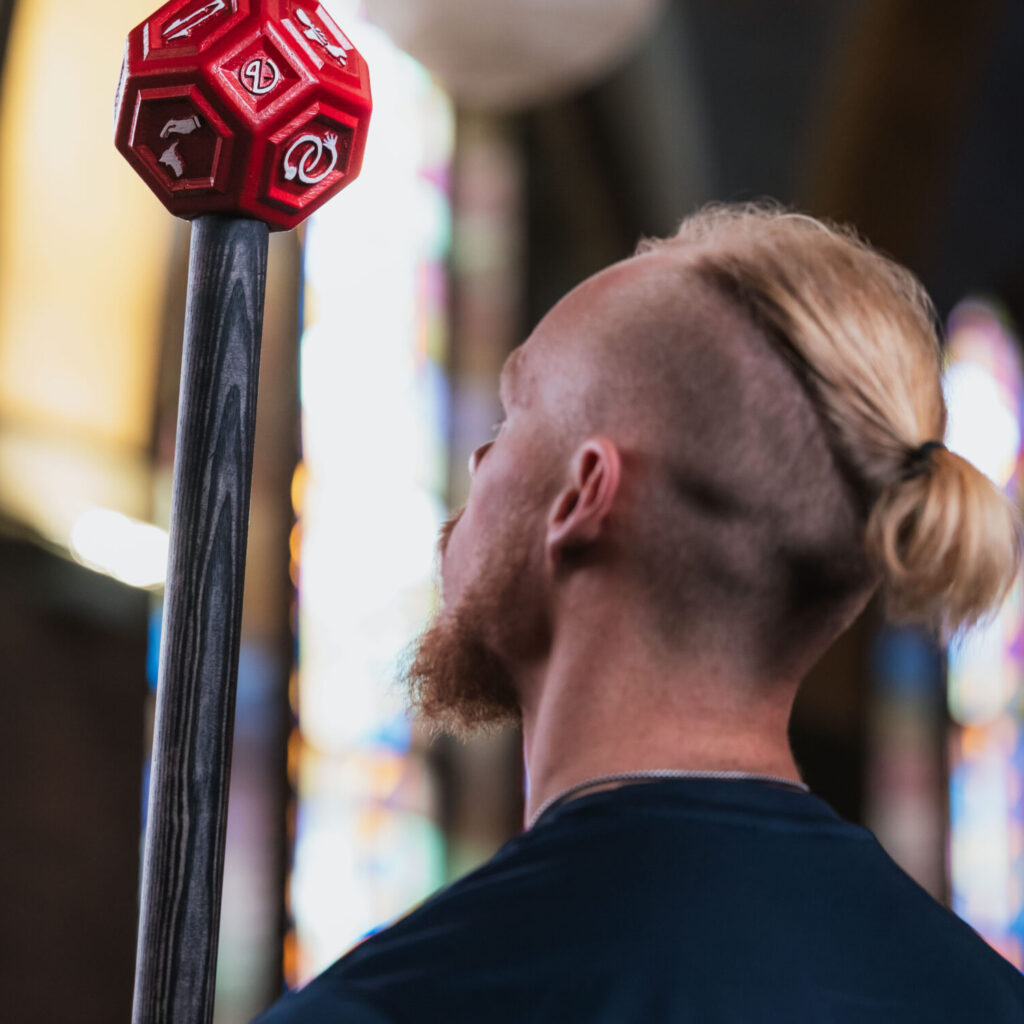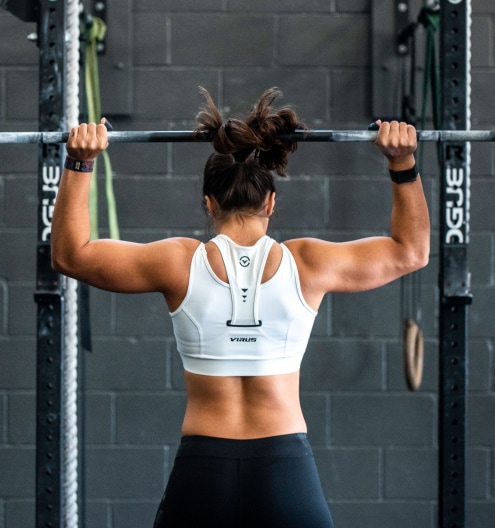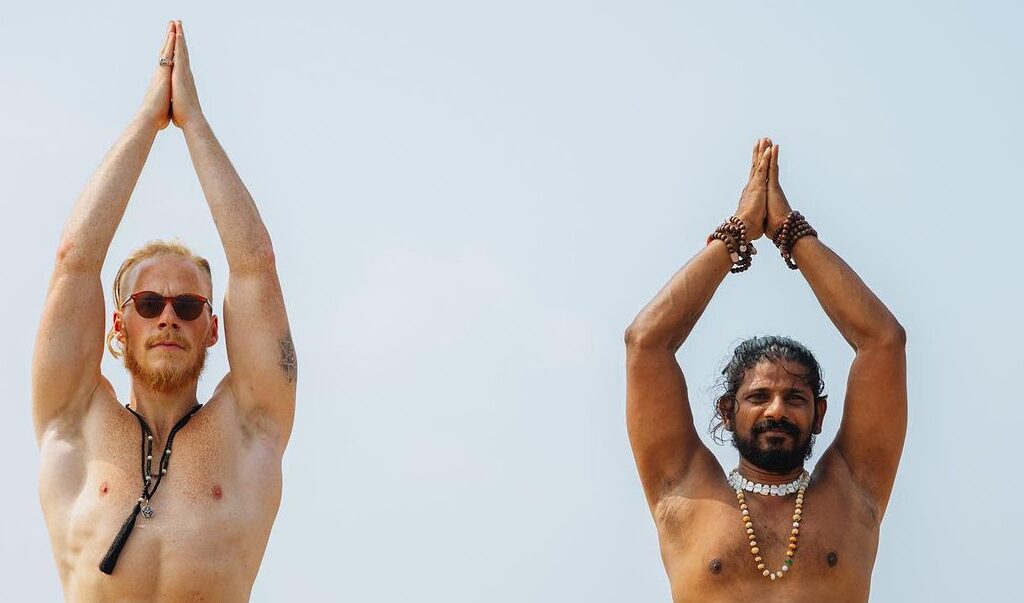10 Unknown Facts You Didn’t Know About Indian Clubs!

Have you ever wondered how ancient warriors prepared themselves for battle? How did elite athletes from centuries ago perfected their strength without modern-day gyms? The answer lies in one of history’s most powerful yet underrated fitness tools: Indian Clubs. These seemingly simple swinging tools, along with maces and clubs, have shaped the physical prowess of warriors, soldiers, and athletes for thousands of years.
But here’s the real surprise—Indian Clubs are making a comeback. Today’s fitness enthusiasts are rediscovering their unique ability to build strength and enhance mobility, all while tapping into the art of flowing movement and sharpening mental focus. Whether you’re looking to enhance your workout routine, rehabilitate your body, or find your own flow state, these clubs offer something truly transformative.
10 Unknown Surprising Facts–
Ready to dive into the forgotten world of Indian Clubs? Let’s swing into the 10 surprising unknown facts you probably didn’t know about this ancient, yet surprisingly relevant, tool!
Indian Clubs Were Originally Used for Warrior Training
The history of Indian Clubs dates back thousands of years to ancient Persia and India. These swinging tools were not just for exercise; they were essential for warriors preparing for battle. In Persia, soldiers used larger clubs, known as “meels,” to build strength, endurance, and coordination. When this practice spread to India, it became central to traditional Indian strength training, especially among wrestlers.
The clubs were seen as crucial tools for developing the functional strength needed for hand-to-hand combat. By incorporating complex swinging patterns, warriors developed rotational strength, grip power, and agility—skills that were essential on the battlefield.
-
Female Fitness Trend in the 19th Century
In an era when weightlifting and bodybuilding were considered inappropriate for women, Indian Clubs found their way into female fitness routines. Clubs were seen as a more “graceful” form of exercise that allowed women to build strength and flexibility without resorting to the heavy lifting associated with men’s fitness.
Throughout the late 19th and early 20th centuries, women could be seen swinging clubs in parks, gyms, and even at home, as part of their physical fitness regimes. This led to Indian clubs becoming a symbol of empowerment for women who sought physical fitness in a time when strength training was socially discouraged.
Olympic Club Swinging Was a Real Event
While it might seem surprising today, Indian Clubs were once part of the Olympics. Club swinging made its debut in the 1904 St. Louis Olympic Games. Athletes demonstrated complex routines that required strength, coordination, and precision. These routines were not unlike gymnastics, with participants showcasing their ability to control the swinging tools in elaborate patterns.
Although this event no longer features in modern games, it highlights the cultural significance and athletic value of Indian Clubs during that era.
Rehabilitation Use for Shoulder Injuries
One of the lesser-known facts about Indian Clubs is their exceptional ability to aid in shoulder rehabilitation. The controlled swinging motions improve flexibility and mobility in the shoulder joint. Because the movements are low-impact and involve full circular rotations, they can help stretch tight muscles and tendons, reducing the risk of injury.
For those recovering from shoulder injuries or surgery, using Indian Clubs as part of a rehab program can accelerate recovery by gradually increasing the range of motion without placing excessive strain on the joint.
Boosts Cognitive Function and Coordination
Swinging Indian Clubs isn’t just about physical strength—it’s also a great way to improve brain function. The intricate patterns required to swing the clubs effectively activate both sides of the brain, improving hand-eye coordination and overall cognitive function. This bilateral engagement enhances motor skills and can even improve memory and focus.
Many practitioners in the modern flow arts community use Indian Clubs as part of their routine to improve coordination and reach a state of “flow,” where the mind and body are fully synchronized. This flow state promotes mindfulness and helps relieve stress, making Indian club training as much about mental health as it is about physical fitness.
Enhances Core Strength
While Indian Clubs are primarily viewed as an upper-body workout, they also engage the core muscles. As you swing the clubs in circular motions, your core muscles must stabilize your torso to maintain balance and control. This constant engagement strengthens the abs, obliques, and lower back, helping to improve posture and overall stability.
Unlike traditional strength exercises that focus on isolated muscle groups, club and mace training works the body in a more integrated way, teaching you how to manage dynamic forces and build functional strength.
The Perfect Low-Impact Cardio
If you’re looking for a low-impact form of cardio that won’t put strain on your joints, Indian Clubs are a fantastic option. The rhythmic swinging motion increases your heart rate while maintaining a smooth, low-impact flow. This makes Indian club training an excellent choice for people who want to improve their cardiovascular health without the high-impact demands of running or jumping.
Over time, swinging the clubs can improve your stamina, endurance, and cardiovascular efficiency while being gentle on your joints and muscles.
Popular Among Strongmen and Soldiers
In the 19th and early 20th centuries, Indian Clubs gained popularity in Europe and America, thanks in part to famous strongmen like Eugen Sandow. These early fitness pioneers recognized the value of the swinging tools for building functional strength and agility. British soldiers stationed in India also adopted the clubs, incorporating them into their training routines to build endurance and improve coordination.
The swinging arts became an essential part of military training in the British Empire, and by the early 20th century, Indian Clubs had become a popular tool in gyms across the Western world.
Used in Flow Training to Achieve Flow State
The concept of flow training is all about achieving a fluid, continuous state of movement. Indian Clubs are ideal for this, as the goal is to maintain a smooth and rhythmic flow between swings. Whether you’re using them as part of martial arts, dance, or fitness routines, the clubs encourage a state of flow where you’re fully immersed in the activity.
Achieving this flow state not only improves physical coordination but also boosts mental clarity and focus, creating a meditative experience that can reduce stress and improve overall well-being.
Indian Clubs Offer Versatility and Progression
One of the biggest advantages of Indian Clubs is their versatility. These swinging tools come in various weights and sizes, allowing you to progress as you build strength and skill. Beginners can start with lighter clubs to focus on mastering the techniques and movements. As you grow stronger and more confident, you can switch to heavier clubs to increase resistance and intensity.
This makes Indian Clubs a long-term investment for your fitness routine, offering continuous progression and challenges as you advance.
Health Benefits of Indian Club Training
Including Indian Clubs into your workout routine goes beyond just building muscle. These ancient tools bring a exclusive blend of benefits for both your body and mind. That’s why they’re becoming a must try for athletes, trainers, and fitness enthusiasts alike.
Improved Joint Mobility
One of the standout advantages of using Indian Clubs is their ability to enhance joint mobility. Unlike traditional weightlifting, where linear movements dominate, the circular and flowing motions of the clubs gently stretch and strengthen your joints, particularly in your shoulders, wrists, and elbows. This kind of movement engages the joints through their full range of motion, which not only helps improve flexibility but also reduces stiffness. Over time, this can drastically lower your risk of injury and improve joint health, making Indian clubs perfect for rehabilitation after injuries. If you’re recovering from a shoulder issue or just looking to improve overall joint function, the gentle yet effective nature of these movements makes Indian Clubs an ideal companion in your fitness journey.
Enhanced Coordination and Balance
Swinging Indian Clubs isn’t just about strength; it’s about mastering complex patterns that challenge your hand-eye coordination and balance. When you’re working with two clubs, your brain has to sync up both sides of your body to perform coordinated movements. This makes your workout not just physical but mental as well. Each swing sharpens your proprioception—your body’s awareness of its position in space—which enhances coordination and reflexes. Improved balance and coordination translate to better athletic performance across various sports and activities. Whether you’re looking to improve your agility for sports or simply want to move with more grace in everyday life, Indian Clubs challenge your body in ways that traditional exercises often miss.
Full-Body Strength
While Indian Clubs are often associated with upper-body workouts, they’re far from one-dimensional. The swinging patterns and rotations required to handle the clubs engage your core muscles, along with your legs and back, offering a true full-body workout. As you swing, your stabilizing muscles work overtime to keep you balanced and in control. This means that even though the clubs may appear to target your arms and shoulders, they involve your entire body, helping build functional strength. This kind of club and mace training develops endurance, coordination, and power, offering a workout that’s both comprehensive and unique. So whether you’re aiming for a strong core, toned legs, or improved posture, Indian Clubs offer a dynamic and effective solution.
Mental Clarity and Focus
Achieving a flow state while training with Indian Clubs is one of the most rewarding mental benefits. The rhythmic, repetitive nature of the swinging movements allows you to zone in and forget about distractions, promoting mindfulness during your workout. This focus on flowing movement helps reduce stress, boost mental clarity, and improve concentration. It’s almost meditative in nature—training your mind just as much as your body. In fact, many practitioners find that swinging the clubs not only sharpens their physical skills but also improves their mental resilience. Whether you’re looking to unwind after a long day or simply want a more mindful approach to fitness, Indian Clubs can offer a powerful way to connect your body and mind.
By adding Indian Clubs into your fitness routine, you’re not just building muscle—you’re improving joint health, enhancing coordination, engaging your entire body, and sharpening your mind. These versatile tools offer a holistic approach to fitness, perfect for anyone looking to challenge both their physical and mental limits.
Conclusion
Indian Clubs are far more than just old-fashioned swinging tools. With roots in ancient warrior training, these versatile implements have a rich history and offer a wide range of benefits, from improving shoulder mobility to boosting cognitive function. Whether you’re using them as part of flow training, injury rehab, or as a low-impact cardio option, Indian Clubs provide a full-body workout that enhances both mental and physical health.
If you’re looking to add something new and functional to your fitness routine, give Indian Clubs a try. Start with lighter clubs to master the movements, and then gradually progress to heavier weights as your strength and skill improve.
Ready to experience the benefits of Indian Clubs for yourself? Start by adding a pair to your home gym or look for a local class to learn the basics. Your body—and mind—will thank you!
Beginners should start with lighter clubs, typically around 1-2 pounds, to focus on mastering the technique before progressing to heavier weights.
Yes, Indian Clubs are excellent for improving shoulder mobility and can be used as part of a rehabilitation program to relieve shoulder pain and stiffness.
Absolutely! Swinging Indian Clubs can increase your heart rate and provide a low-impact cardio workout while being gentle on your joints.
While they don’t build muscle mass like traditional weights, Indian Clubs are great for developing functional strength, endurance, and joint stability.
For optimal results, try incorporating Indian Clubs into your workout routine 2-3 times per week, allowing time for recovery and progression.









Responses